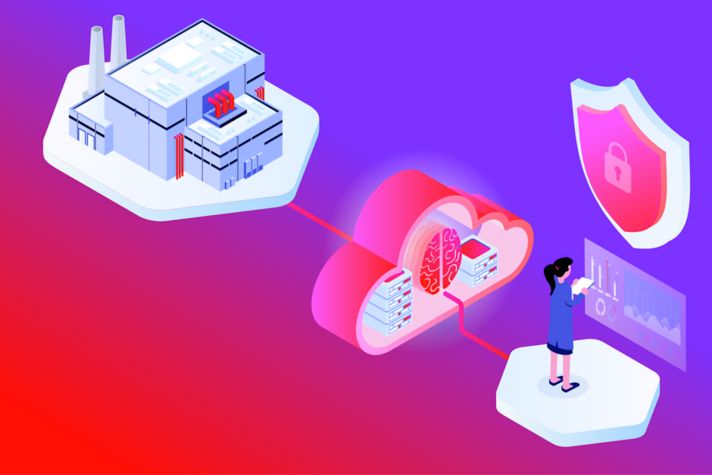-
 Global
Global-
Africa
-
Asia Pacific
-
Europe
-
Latin America
-
Middle East
-
North America
- |
- BUSINESSES
- |
- Contact
- |
-
 Global
Global-
Africa
-
Asia Pacific
-
Europe
-
Latin America
-
Middle East
-
North America
- |
- BUSINESSES
- |
- Contact
- |
You are browsing the product catalog for
You are viewing the overview and resources for
- News
- How Companies Can Prepare For an Aging Workforce
How Companies Can Prepare For an Aging Workforce
Here are three strategies to help employers prepare for bringing in new workers as baby boomers retired.
August 27, 2019
The population of seniors is surging.
Currently 10,000 baby boomers retire every day, according to Investopedia. And that "Silver Tsunami" will impact employers, where a quarter of the workforce will be ages 55 and older during the next five years per the Bureau of Labor Statistics.
Those employees will eventually retire, leaving employers to deal with not only an exodus of labor, but in many cases an exodus of the expertise that has been developed through many years of service.
“To actually future-proof your business and your ability to either deliver, or develop or design solutions for your customers, you’ve got to be proactive,” said Jason Merszei, general manager of Honeywell Forge for Workers.
Here are some ways to help your company prepare.
1. Plan to harness institutional knowledge
Management should have a high-level understanding of their organization’s workforce.
Analyze demographics of specific roles in the company and answer: What will be the impact if certain groups retire in the next several years? Management should put a succession plan in place.
In preparation for a mass exodus, employers need to start “making necessary adjustments to the reality they’re going to be losing a lot of institutional knowledge in a short amount of time,” Jason said.
2. Invest in technology
Digital tools can be used to train new workers and help them perform their jobs.
Deskless workers make up 80 percent of the global workforce across industries, including agriculture, manufacturing and retail.
“If you want to retain and attract these new generation workers, there’s an inherent expectation that these workers expect that they’re going to have technology that is going to support their work,” said Garrick Fiala, one of our experts on connected workers.
Workers will rely on mobile computers, headsets and other digital devices for training and performing their jobs.
Enterprise software enables digitized training manuals, easy documentation and storage of data and smart onboarding.
“When it’s all through an application, it’s all digitized,” Jason said. “It’s all captured. There’s a record. It’s auditable and you’re able to make sure that you’re getting productivity and efficiency.”
3. Digitize inspections
Certain tasks, such as inspections, can be digitized helping employers improve efficiency as their workforce population changes.
Digital inspections can be implemented across industries, including oil and gas and mining.
Royal Greenland, a seafood company that operates in Europe, Asia, Russia and the United States, employs thousands of quality inspectors who must inspect the fish and shellfish that arrives from around the world.
In some industries, inspections traditionally have been written down on paper. But inspecting seafood on ice, which can be cold and wet makes paper ineffective.
Instead, inspectors rely on rugged mobile computers that can input inspection data immediately.
“It has really made the process much easier and accurate for me,” an inspector said.
Digitizing inspections also gives employers the ability to immediately update checklists, instructions or training.
Copyright © 2025 Honeywell International Inc.




